The Pacific Northwest is known as a home for lush, green plants, with many species that are rich in color, texture, and shape, and in local history. Native plants serve an important function to the local ecosystem and planting natives is an important way to help restore those ecosystems. You will attract native wildlife and also help support pollinators.
Whether you are building a new garden or landscape or transitioning an existing one, the best choice is to go native. You can use this Oregon native plants list to help you get started but you don’t have to stop here. Keep exploring other great native choices for your area.
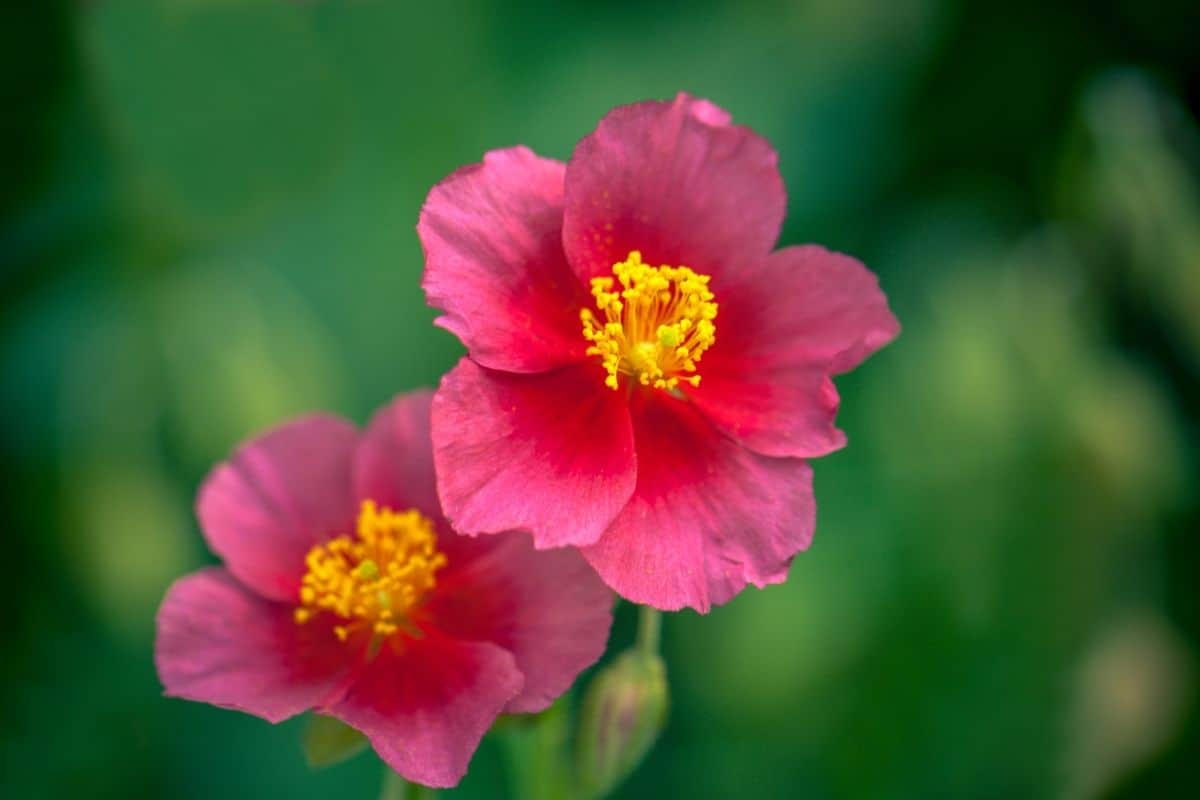
Oregon Native Plants List
If you’re looking for some great choices of native plants for your home garden or landscape, consider the following.
1. Western bleeding heart (Dicentra formosa)
This is a hardy and reliable blooming native plant. It looks more fragile than it actually is and makes a unique, bold statement piece for your garden or landscape.
The bleeding heart plant will spread over time and can cover an area and does well when paired with ferns, twinflower, wild ginger, or sweet woodruff. It has drooping clusters of heart-shaped pink flowers with lavender shades. They hang down from the tops of the stems. They grow about 6-18 inches tall and bloom from March to July.
2. Mock orange (Philadelphus lewisii)
Mock orange is a fragrant plant loved by birds and butterflies. It’s also good for erosion control. It blooms from June to July. Sometimes it is also called California mock orange.
Mock orange is part of the hydrangea family. It blooms many white flowers that smell like orange blossoms from March through July. Typically, the blooms last for several weeks. It does best in full sun to part shade and low water usage.
This plant has oval leaves that start as a soft green in spring and will turn yellow in the fall. If you want a fuller, denser look, then you can prune lightly on a regular basis.
3. Woods rose (Rosa woodsii)
Wood rose is a beautiful plant with bold blossoms from May through July and red hips after the blooms are spent. It’s found natively in moist woods and around the banks of streams. It prefers a shaded spot with a lot of water.
Like many native roses, it provides great habitat for wildlife. It can do well in your landscape as a border or in a corner. It is of special value to bumblebees and other native bees.
4. Thimbleberry (Rubus parviflorus)
Here’s another plant that does great in native gardens. The easily identifiable thimbleberry is a visual reminder of the beauty of Oregon’s woodlands. It’s great for erosion control because of its soil-binding characteristics.
Thimbleberry has large, soft berries that native birds love. It blooms from May to August and likes sun, part shade or shade, and dry to moist soils. It’s very valuable to local songbirds, game birds, as well as other mammals large and small.
5. Showy milkweed (Asclepias speciosa)
Showy milkweed is a fragrant, attention-grabbing variant of milkweed that is native to the area and that attracts butterflies. It grows about 1 ½ to 3 feet tall and has large, oval leaves. It’s a grayish plant with a velvety feel and leafy stems with flowers on top.
The rose-colored flowers are showy and uniquely spherical shaped. The flowers form at the top of the stem. It blooms from May to September and likes full sun and moist soil. It is not shade-tolerant at all. It can grow in course, medium, and fine soil.
6. Nutka rose (Rosa nutkana)
This is a deciduous shrub that grows in part shade to full sun and can be pruned back, as needed. It attracts pollinators and birds to the large, fragrant flowers.
Nutka rose grows from 2 to 10 feet, blooms from May to July, and likes full sun or part shade to shade. It likes moist to dry soil and requires high water usage.
The fragrant flowers will attract butterflies and bees. It works great as a barrier plant and it can grow in a thicket.
7. Tall Oregon grape (Mahonia aquifolium)
This is a popular and easy-to-grow native that is virtually no maintenance. It’s the state flower of Oregon and has shiny green foliage and bright yellow clusters of flowers.
Later in the season, it produces blue, tart fruits and it’s a great source for early pollinators like hummingbirds. It can grow up to six feet tall and about three feet wide, making a bold statement in your landscape.
The golden yellow, scented flowers are clustered at the tops of the stems.
8. Western yarrow (Achillea millefolium)
A type of yarrow native to this area, Western yarrow is very hardy and reliable. It’s a member of the aster family and is also called milfoil. It grows three feet tall and has branches only near the very top. It has 3-5-inch-long alternate leaves.
The clusters of white flowers at the tops have 20-25 ray flowers and disk flowers. The white or pinkish blooms come from April through September. It likes full sun to part shade and dry soil. It is very drought-tolerant.
9. Early blue violet (Viola adunca)
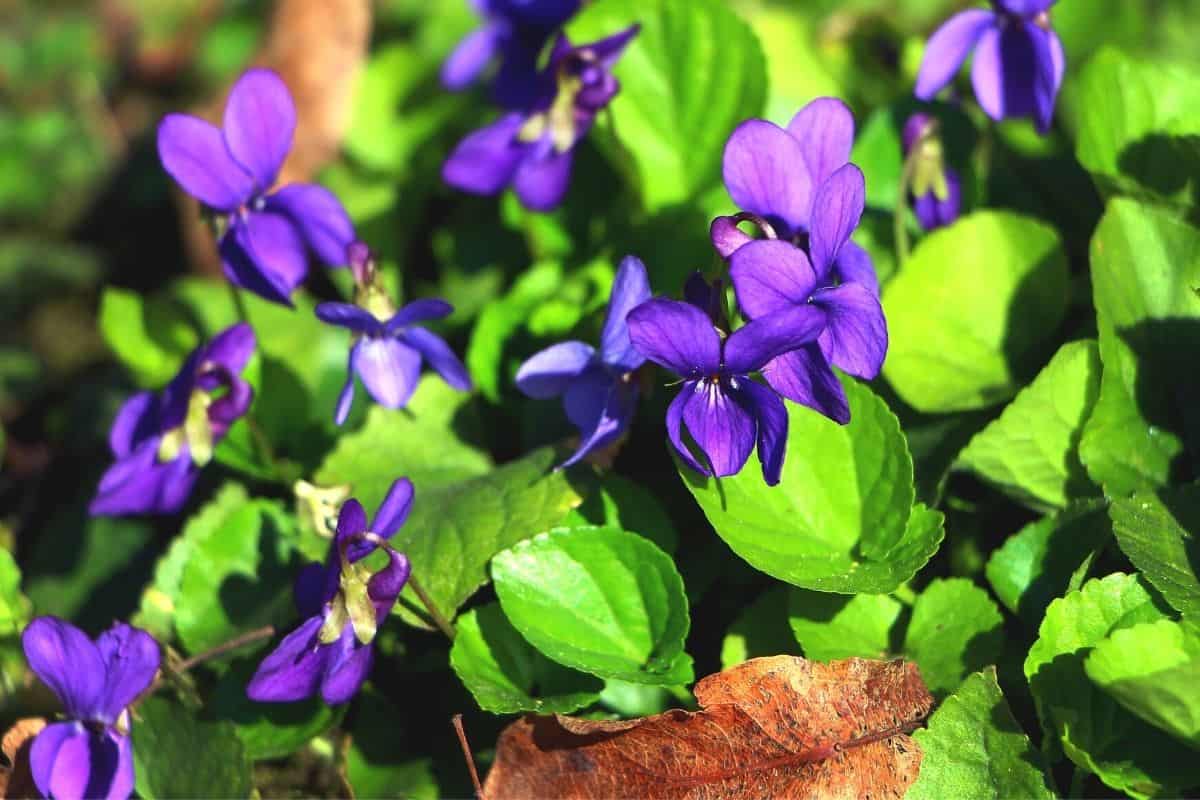
Early blue violet is a perennial growing about four inches tall and 18 inches wide. It has beautiful purple flowers that bloom from spring to summer and have white in its centers.
It spreads by seed and does really well in rain gardens. This is a great choice for groundcover and is often known by the names sand violet, hooked spur, or mountain blue-violet. The purple flowers are edible (recipes that use edible flowers), as well as the heart-shaped leaves.
10. Stream violet (Viola glabella)
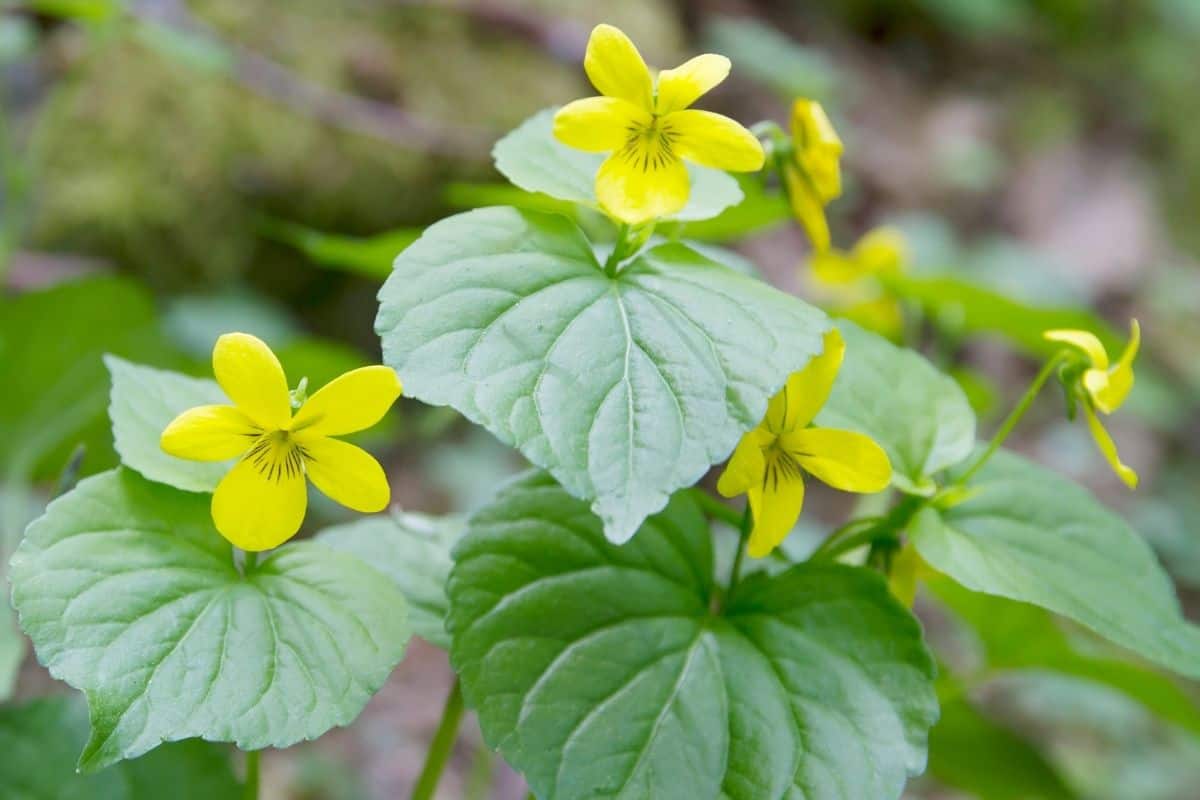
Stream violet is another perennial that is native to the area. It has beautiful yellow flowers that bloom from spring to summer. It also spreads by seed and does well in rain gardens.
This member of the violet family grows from 4-8 inches and has large, heart-shaped basal leaves. The yellow pansy-like flowers bloom from March to July.
Stream violet likes part shade to full shade and moist to wet soil. Although it is small, it is a striking flower and the plant is fairly easy to care for once it has been established in your garden.
11. Inside-out flower (Vancouveria hexandra)
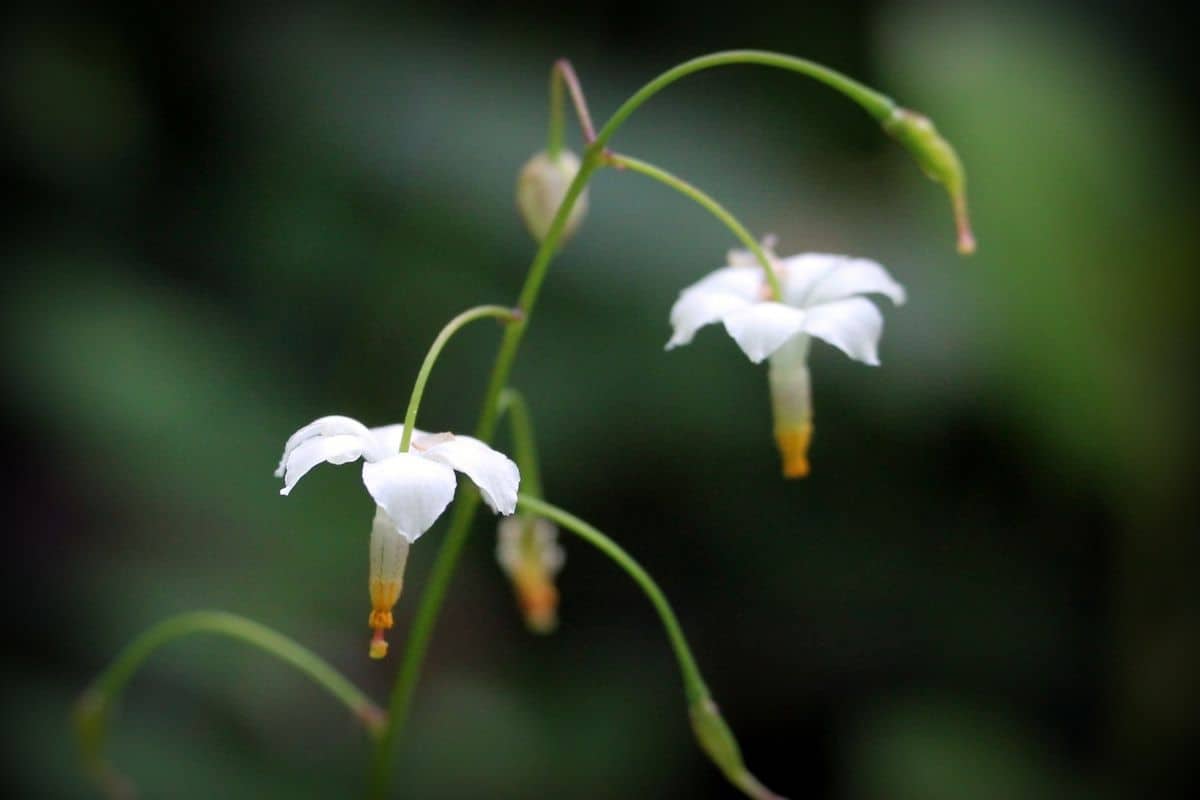
This is a very unique flowering perennial that grows from 8-16 inches tall and about 12-24 inches wide. It’s easy to grow and low maintenance once established. It has slender white flowers that bloom from mid to late spring and it does especially well in woodland gardens.
In nature, it is found in mid-to-low forests. The leaves are evergreen or deciduous, depending on the species, so some types will change colors in the fall.
The inside-out flower has recurved petals that give a blown-back look, which is why it is called the inside-out flower (it looks like it is inside out).
12. Western starflower (Trientalis latifolia)
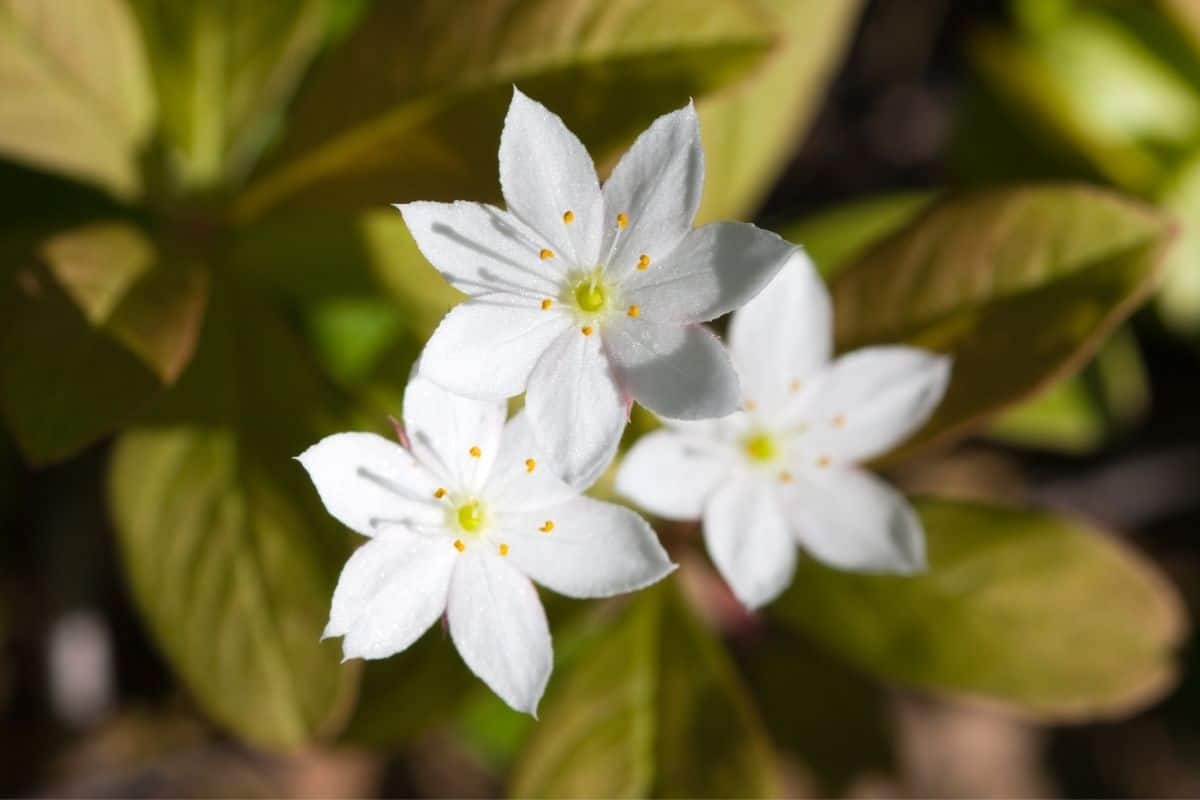
This perennial grows 4-8 inches tall and about one foot wide. It’s easy to grow and it works well as a groundcover. It blooms white-pink flowers in a star-like shape in the late spring.
This is a member of the primrose family and grows snow-white flowers with 5 to 9 petals each. It’s small and dainty, at only about ¼ to ½ inch in diameter of each flower. It may not be showy enough for a flower garden but it can work for borders, beds, or groundcover in shady spots or filler in a garden of more showy flowers.
13. Piggyback plant (Tolmiea menziesii)
This unique perennial grows 12-30 inches tall and about a foot wide. It’s easy to grow and works well as a groundcover. The maroon flowers bloom from spring to summer and spread easily by seed.
Native to the Pacific northwest woodlands, you can grow it in shady spots in zones 6 through 9 or even use it as an indoor plant or in planters, should you choose to. It’s easy to care for and likes cool, shady, moist areas.
14. Fringe cup (Tellima grandiflora)
This is another unique perennial native to the area. It grows 12-30 inches tall and about 1-3 feet wide. They’re easy to grow and bloom nice flowers on the ends of the stalks in the spring. It is sometimes also called big flower Tellima or fragrant fringe cup. It blooms from April to July and likes sun to part shade and moist, rich, well-drained soils. Hummingbirds are especially attracted to the flowers.
Of course, this is not an exhaustive list. There are over 3600 species of native plants in Oregon for you to choose from. You can learn more about native plants and trees in this PDF from Oregon.gov.
About Native Oregon Plants
Plants that are native to Oregon and the pacific northwest area have lived together for thousands of years. They have evolved and adapted together throughout many generations. This means native insects and wildlife will always prefer native plants when given a choice.
Things to consider when choosing your native plants
As you are deciding which native plants to use in your garden or landscape, here are some things to consider:
- Plant size at maturity
- The sun and shade requirements of a plant
- The plant’s purpose in your landscape
- How much maintenance it requires
- What type of soil it needs
Oregon native plants list FAQ
Here are some commonly asked questions about native flora in Oregon.
What are some trees that are native to Oregon?
If you’re looking for native trees, consider the red alder, bigleaf maple, Oregon white oak, vine maple, Pacific madrone, Pacific dogwood, and cascara. If you already have healthy native trees on your property, it’s highly recommended that you leave them there and add some native flowers around them.
What are some fruit and seed plants that are native to Oregon?
Native plants with fruits and seeds include red alder, serviceberry, twinberry, bitter cherry, red elderberry, Oregon grape, wild strawberry, and evergreen huckleberry, to name a few.
Where can I get native plants for my lawn or garden?
There are nurseries and garden centers for purchasing native plants. You should never pluck, cut, or dig them up from their natural environment. Leave natural plants in their place. If you want some, you can get from seed or from cuttings from a qualified source and then grow your own.
Native Plants Of Other States
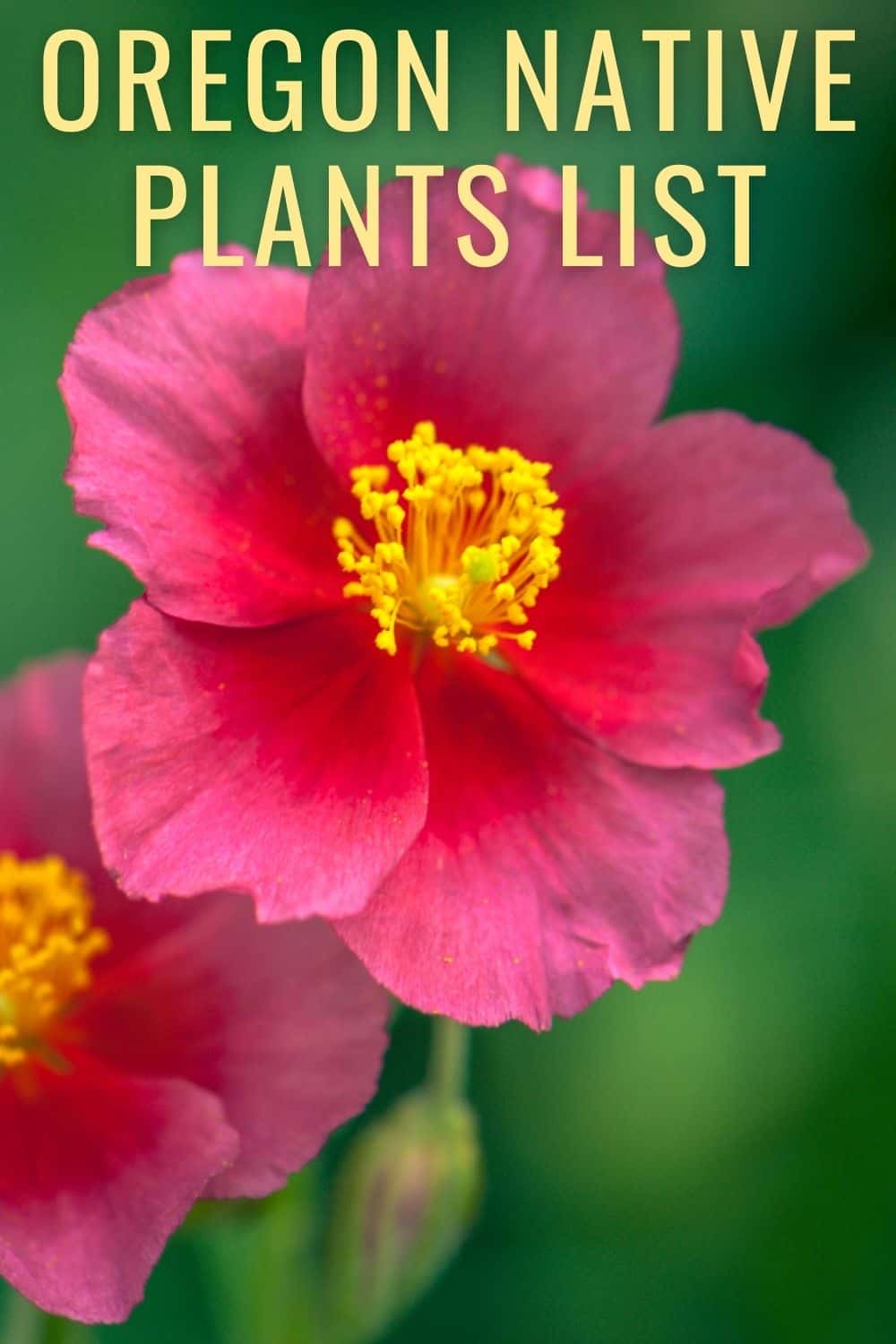

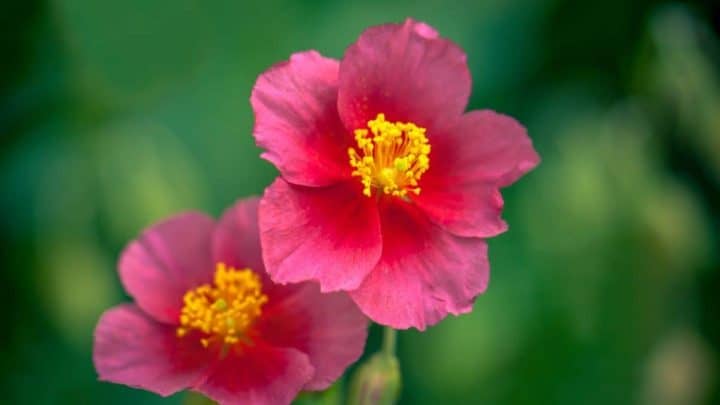











Nevada Native Plants List: 18 Magnificent Garden Options
Tuesday 14th of February 2023
[…] Oregon native plants […]
Arizona Native Plants List: 10 Of The Grand Canyon State's Most Remarkable Floral Representatives
Tuesday 14th of February 2023
[…] Oregon native plants […]